Matron Marion Harvey
Harvey was appointed the new role of matron. She had a staff of two nurses; Head Nurse Mrs Bail and Assistant Nurse Anna Ford.
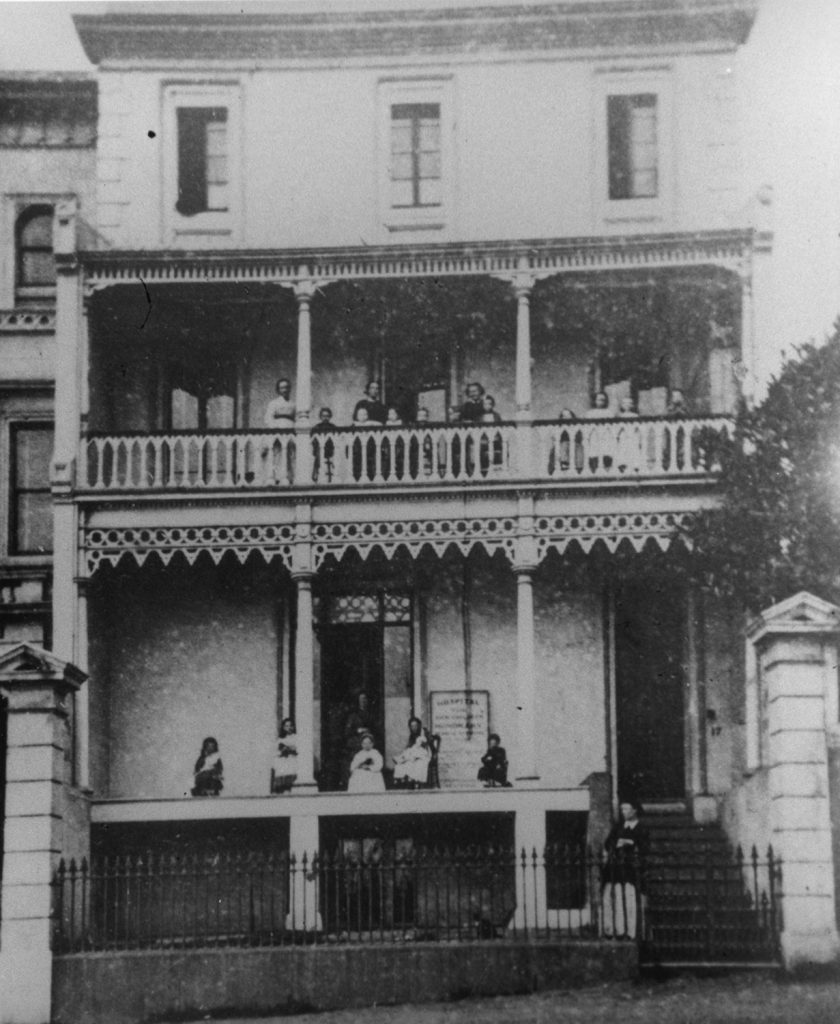
Relocation to 13 Spring Street
October 1873
The hospital moved to a larger premises with space for 15 beds. The name was changed to Melbourne Hospital for Sick Children.
Scarlet Fever Epidemic
1875 - 1876
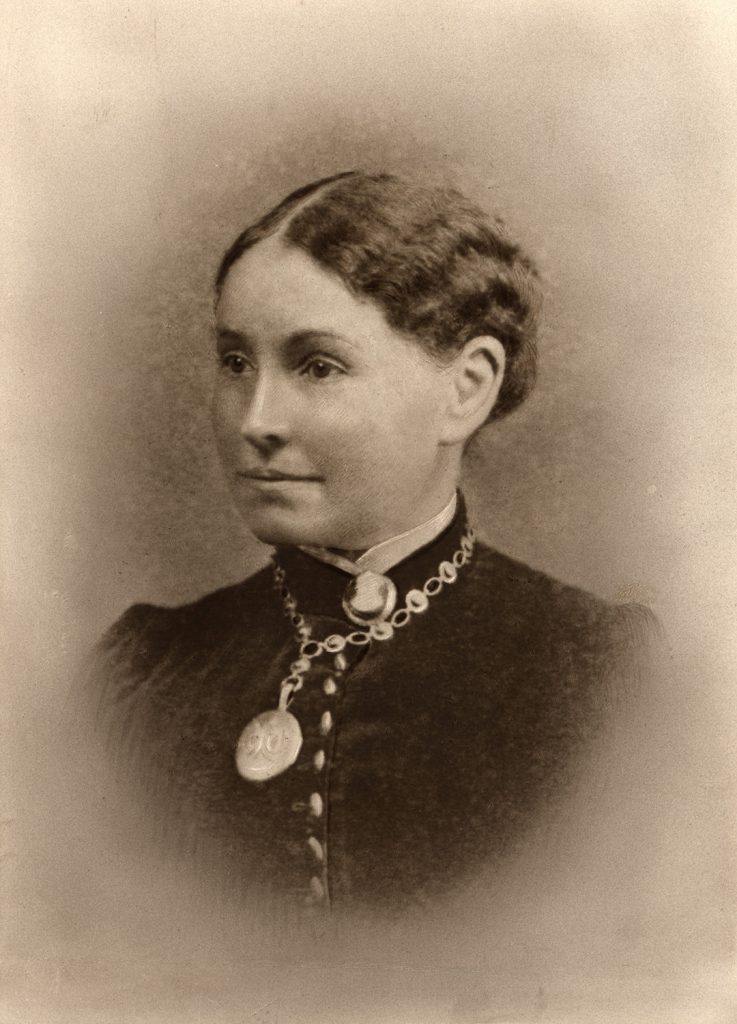
Matron Sarah Anne Bishop
Appointed as matron, Bishop worked in the role until 1899. She had a significant influence on the hospital in its formative years.
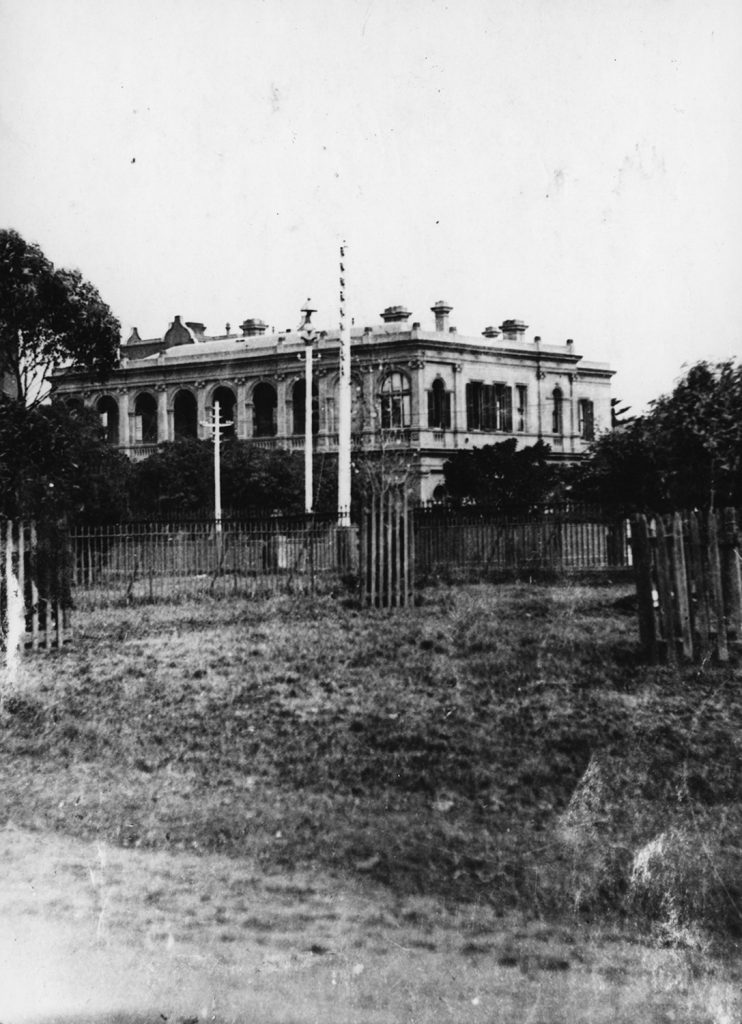
Purchase of Sir Redmond Barry’s House
In response to the increased need for larger premises, the Committee of Management purchased Barry’s house in Carlton for £10,000.
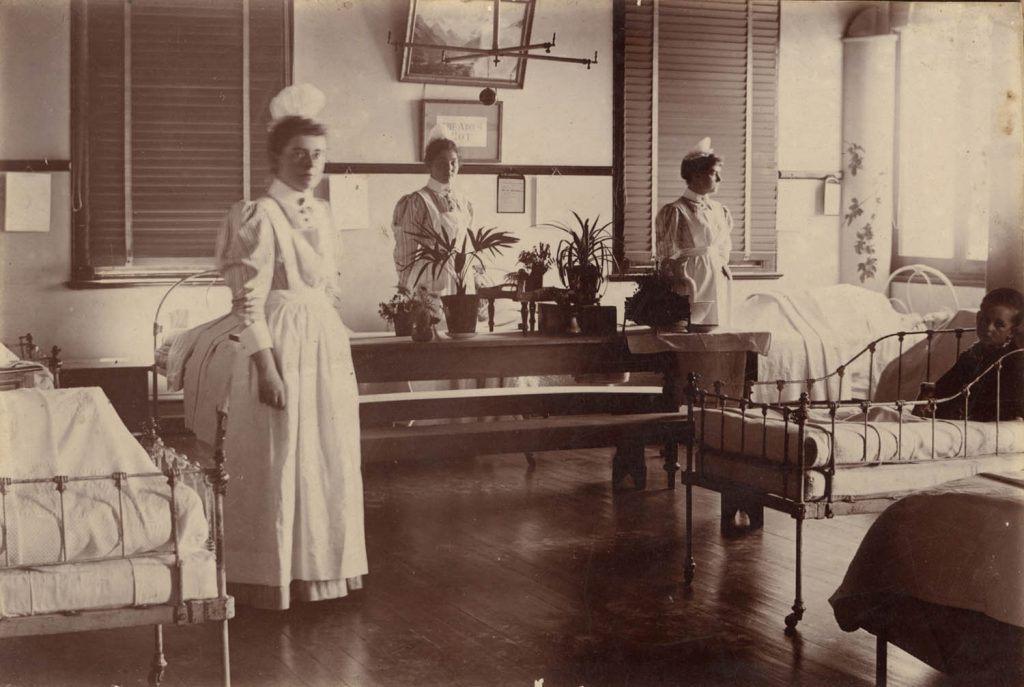
Move to Carlton Premises
The new hospital, with space for 24 beds, was opened by Sir George and Lady Bowen.
First Resident Doctor
The committee decided to create a paid position for a resident doctor. The honorary doctor positions were unpaid, usually held by doctors with their own private practice. The first resident doctor was Dr W.E. Stewart, soon replaced by Dr Charles Hunter.
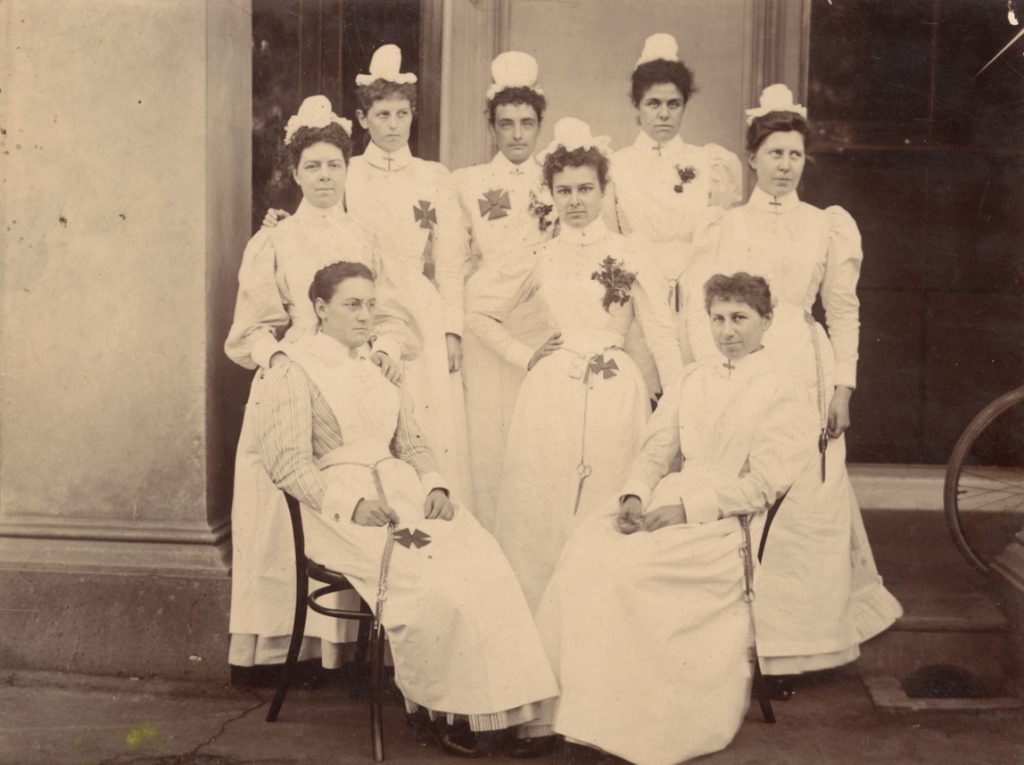
Nursing Reform
Organised training of nurses and formal nurse uniforms were introduced.
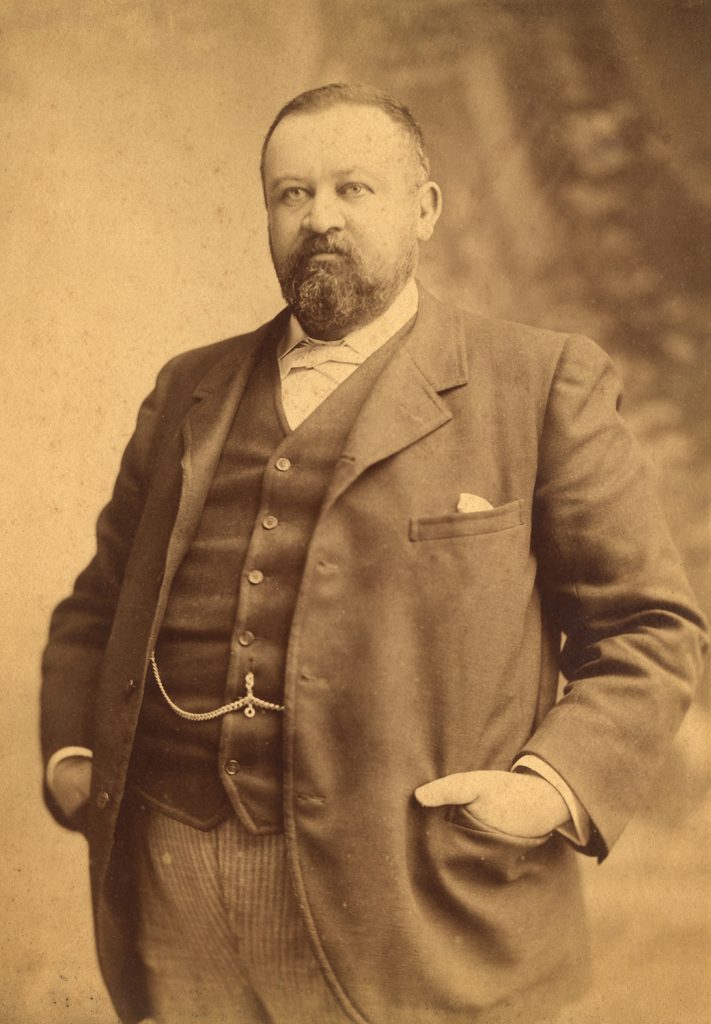
Dr William Snowball
Dr Snowball was appointed resident doctor in 1878 and stayed in the role until 1882. Snowball came to be regarded as the father of Australian paediatrics. He retained an honorary position until his death in 1902.
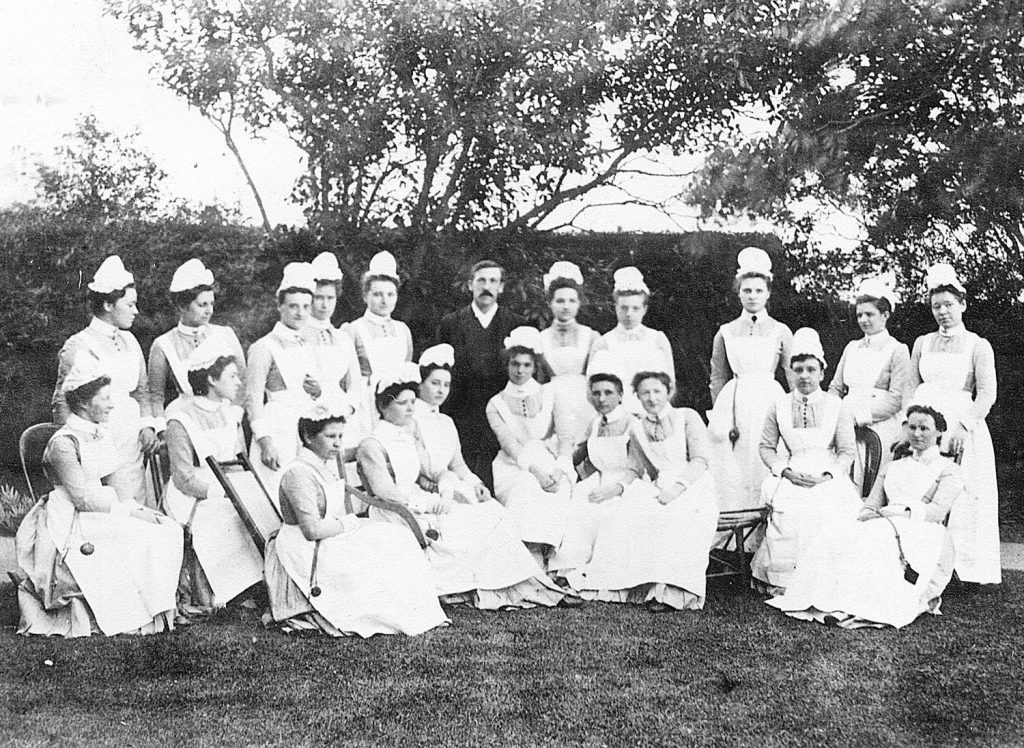
John Jackson Appointed to the Role of Collector
The collector role was somewhat closer to hospital manager. Jackson proved an effective fundraiser and greatly expanded the hospital’s avenues for funding and subscriptions.
Hospital Bazaar
£4000 were raised to pay off remaining debt from the purchase of the Redmond Barry property.
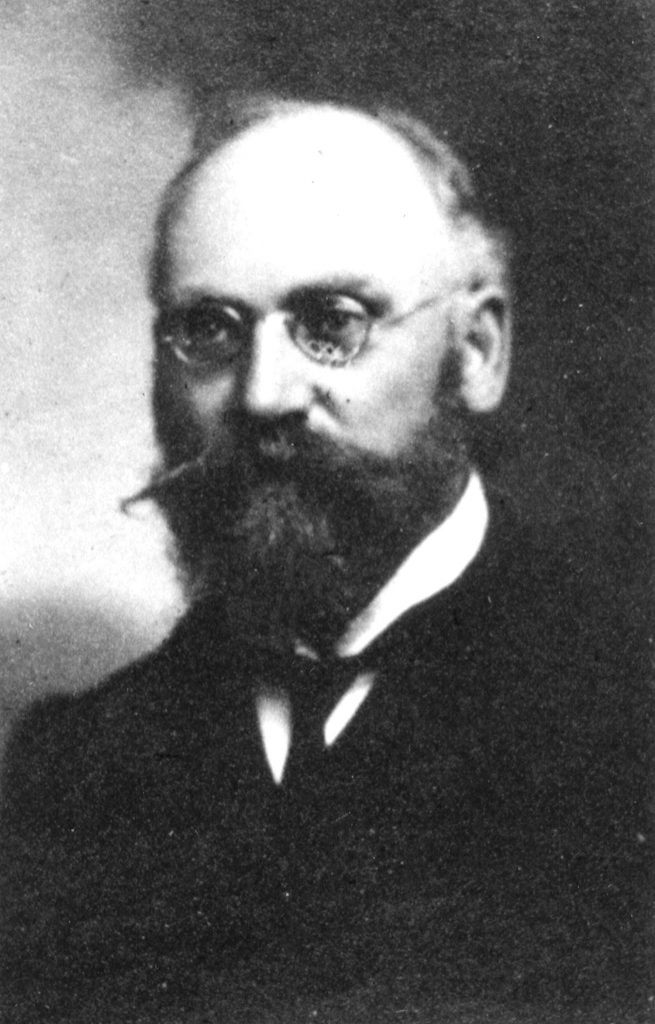
Dr Peter Bennie
Dr Bennie was appointed an honorary position and remained an active member of hospital staff for 36 years. He also lectured in medicine at the University of Melbourne.
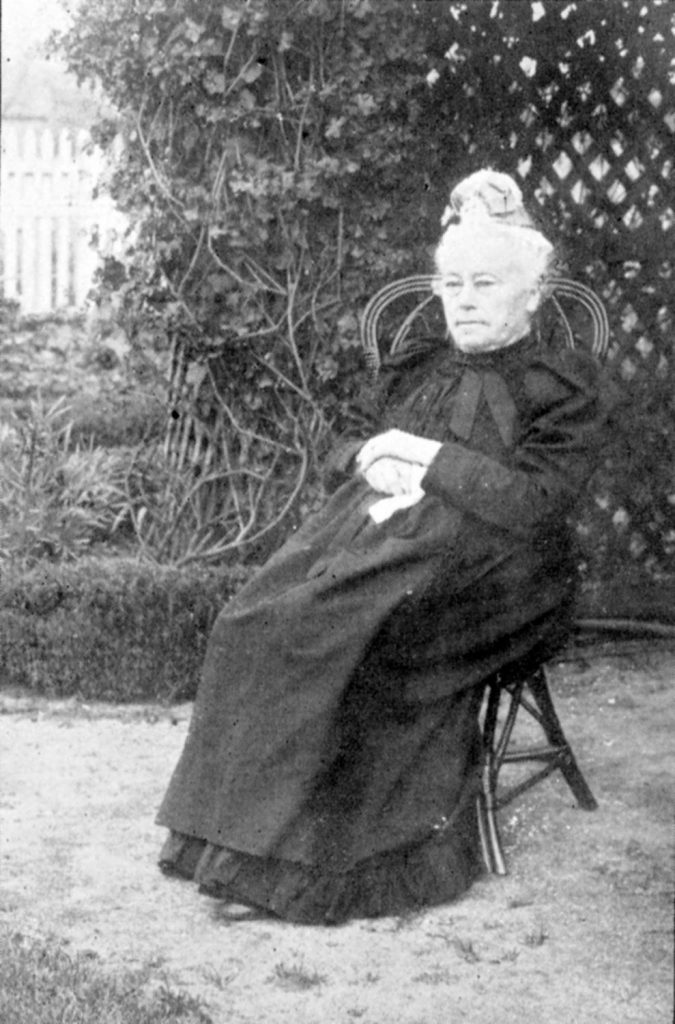
Elizabeth Testar
Elected as President of the Committee, Testar took a leading role in building, planning and expansion of the hospital.
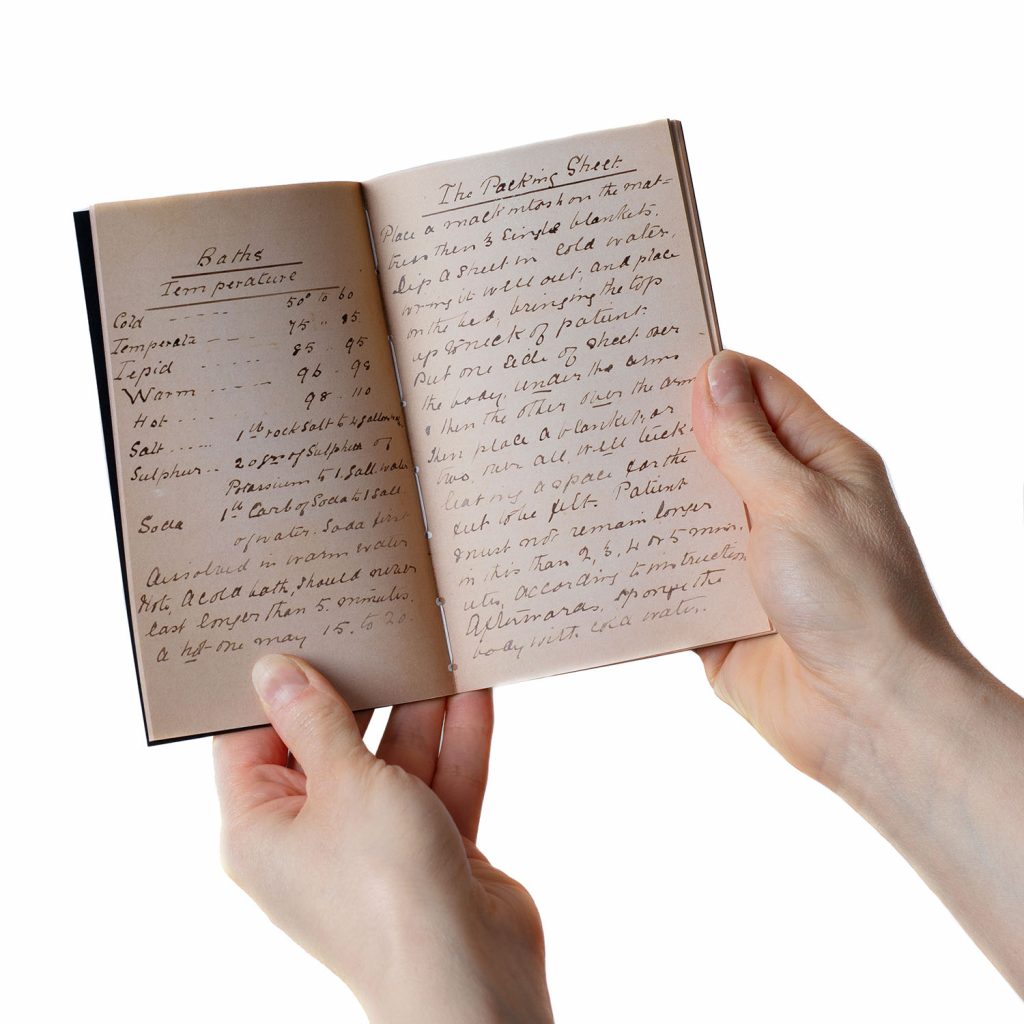
Nurse Rose Vaughan
Vaughan trained at the Children’s and her training notes still exist today.
Image credit: Alvin Aquino
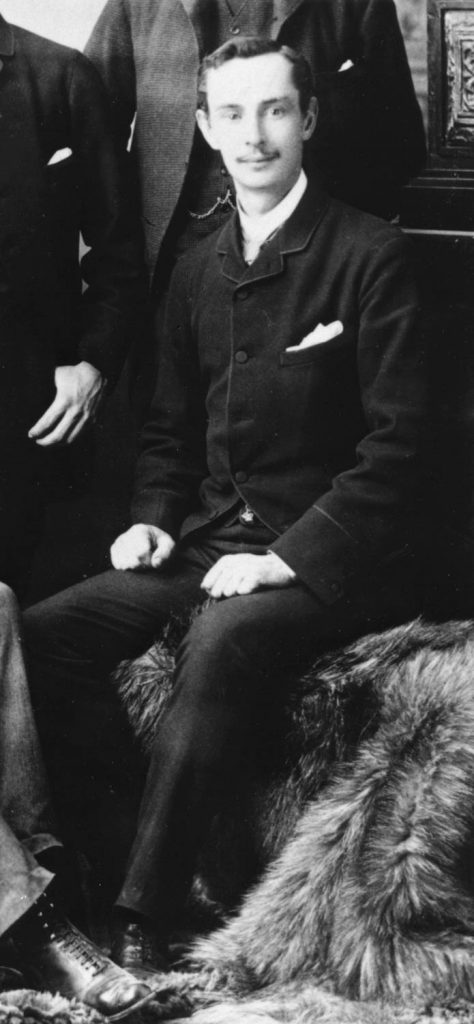
Dr Arthur Jeffreys Wood
Appointed as resident doctor, then made an honorary staff member in 1893, Wood stayed in the role until 1921. He maintained a consultancy position at the hospital until his death in 1937. His research on the ill-effect of bad milk resulted in the prevention of many infant deaths.
Nurse Training School Officially Recognised
Training has long been an important facet of the hospital’s operations, especially in the early years when paediatric care was still developing as a specialty discipline.
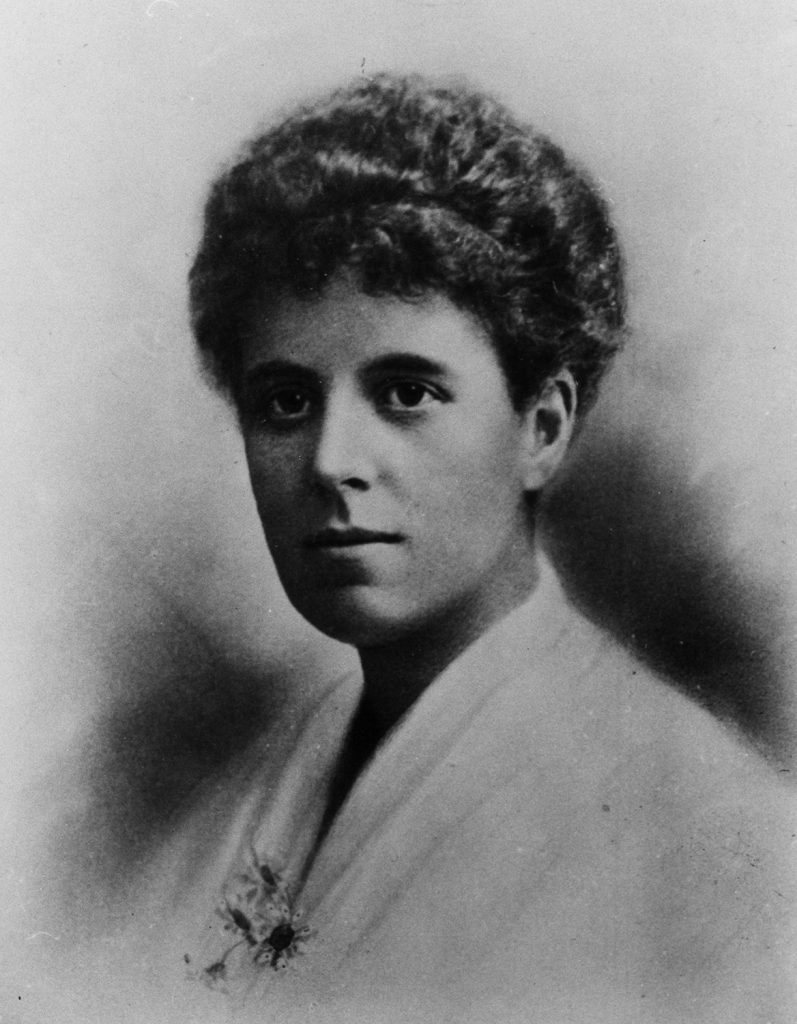
Nurse Grace Jennings Carmichael
Carmichael began nurse training at the Children’s. She was a published poet and her time at the hospital inspired many writings.
Image courtesy State Library of Victoria.
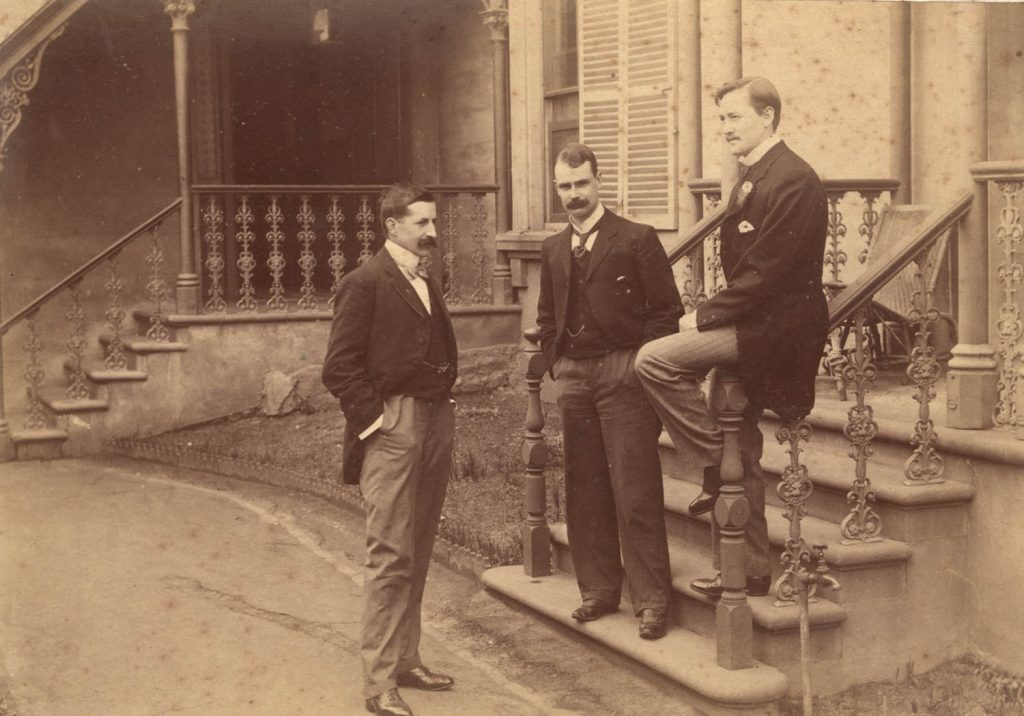
Dr Richard Stawell
Appointed as resident, then honorary staff member from 1893, Stawell retained a position at the hospital until 1914. He was a highly regarded teacher who attracted many medical students to the hospital.
Nurse Training Given an Overhaul
Formal lectures and examinations were introduced, with badges and certificates awarded to successful trainees.
Dr Hamilton Russell
New appointee as honorary staff member, Russell was active at the hospital on-and-off until 1925.
Dr Alan Mackay
New appointee as honorary medical officer, active at the hospital until 1920.
Australian Financial Crisis
Steep pay cuts for hospital staff.
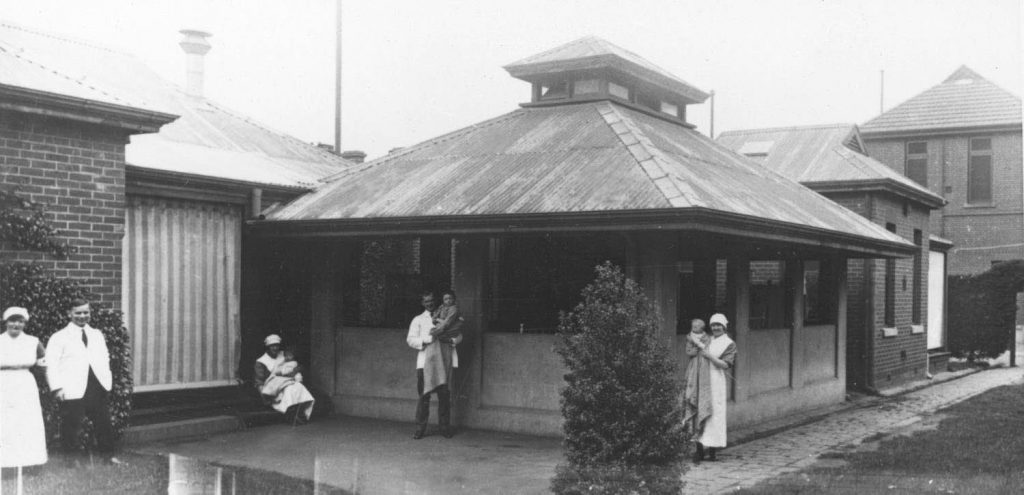
Change to the Infectious Diseases Policy
Diphtheria and scarlet fever patients were treated as outpatients - they had previously been refused care due to risk of contagion.
Behring’s Diphtheria Antitoxin Successfully Used
Diphtheria is an infectious disease that is now largely prevented by immunisation.

Competition for a New Building Design
May 1896
The winning entry was not implemented, the committee inexplicably actioned a different design to replace Redmond Barry’s house.
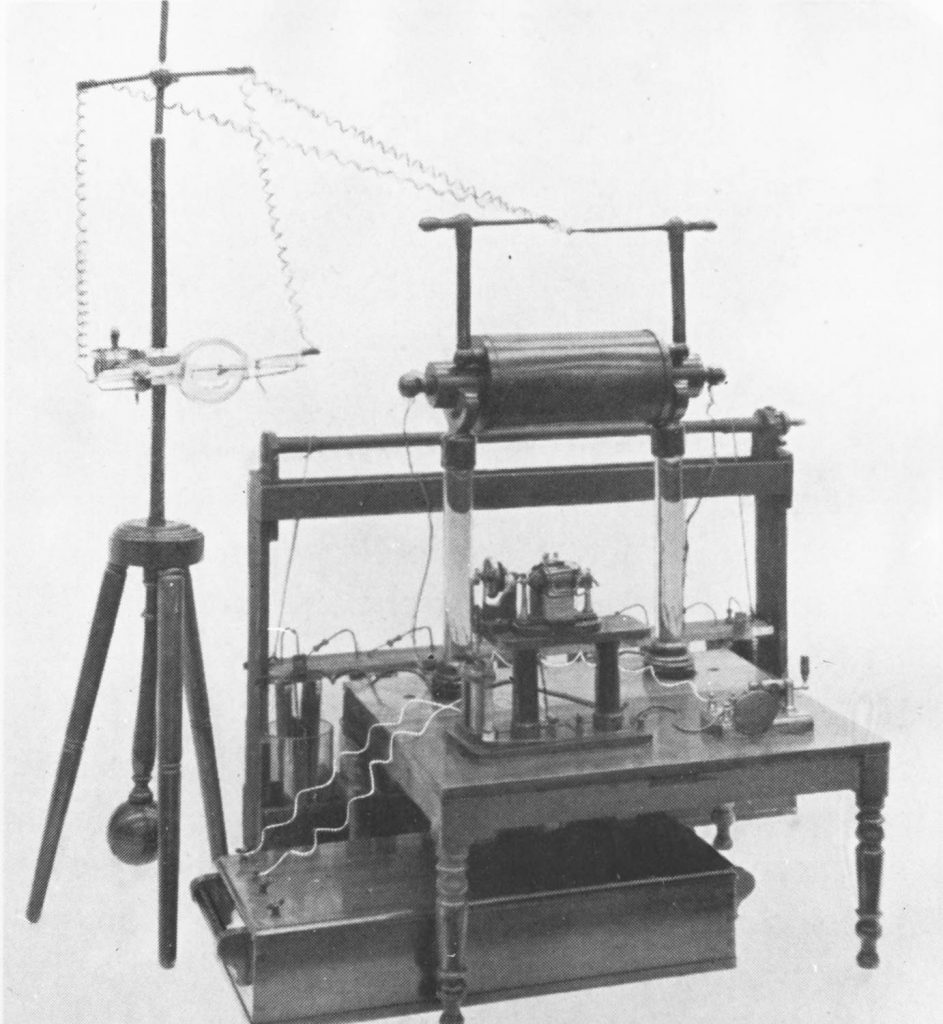
The Hospital’s First X-ray Apparatus
Eager to stay up-to-date with new technology, the hospital committee purchased x-ray equipment for £25.
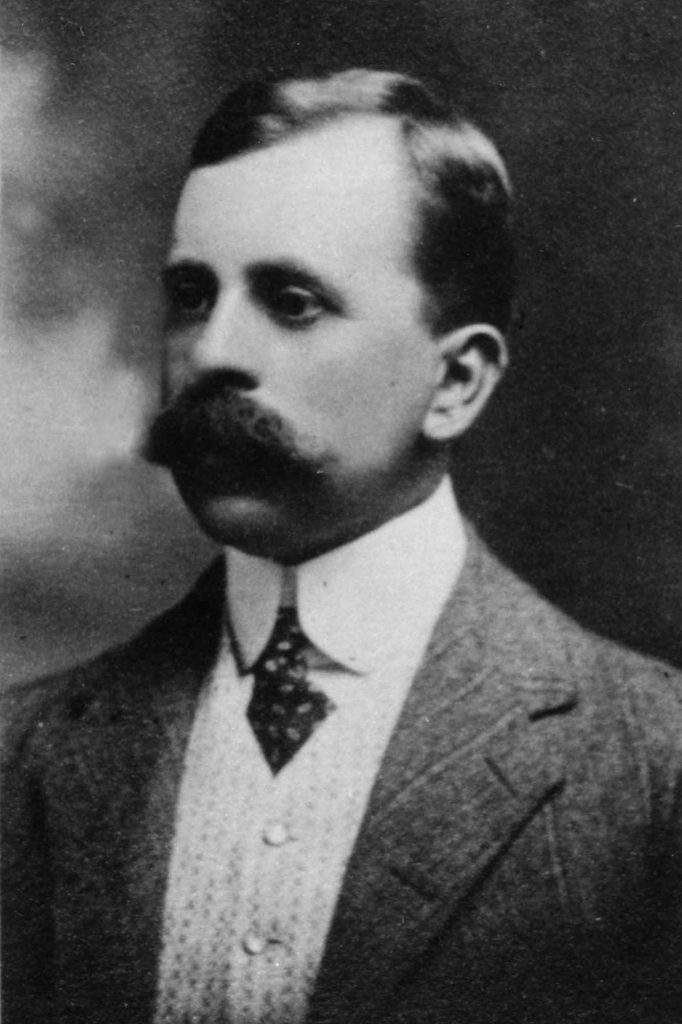
Radiology Department Established
Led by Dr Herbert Hewlett, the hospital kept abreast of diagnostic developments available with this new discipline and was the first Melbourne public hospital with a radiology department.
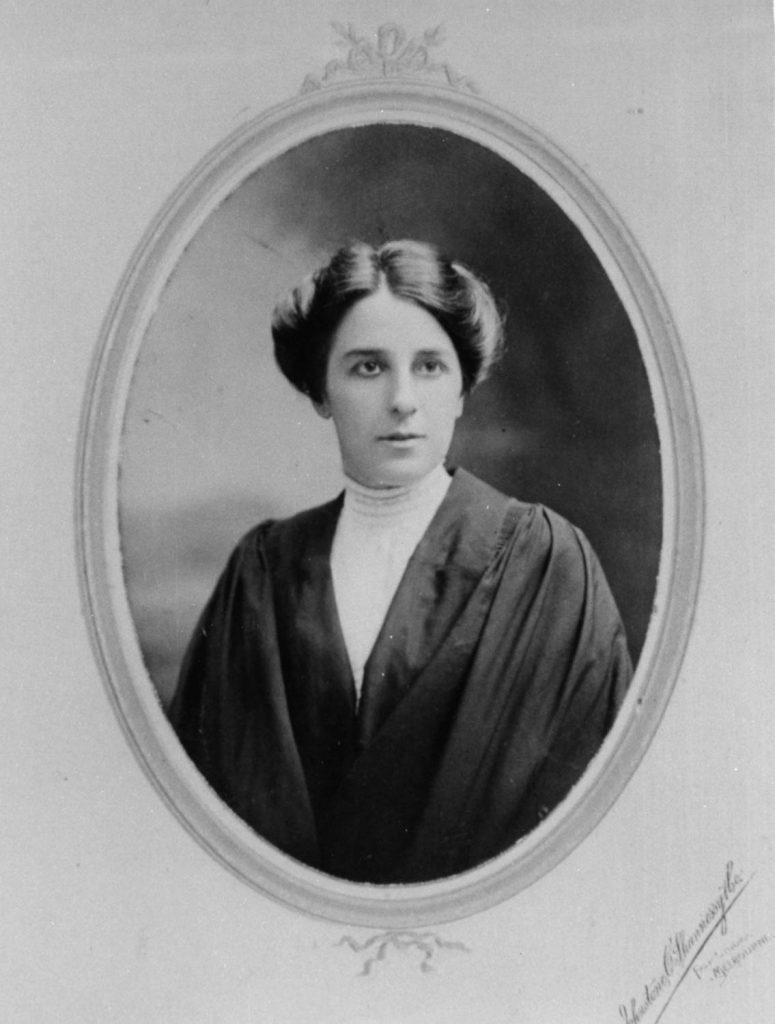
Dr Ethel Mary Vaughan Cowan
After a one-month trial – without pay – Cowan became the first woman to be made resident doctor.
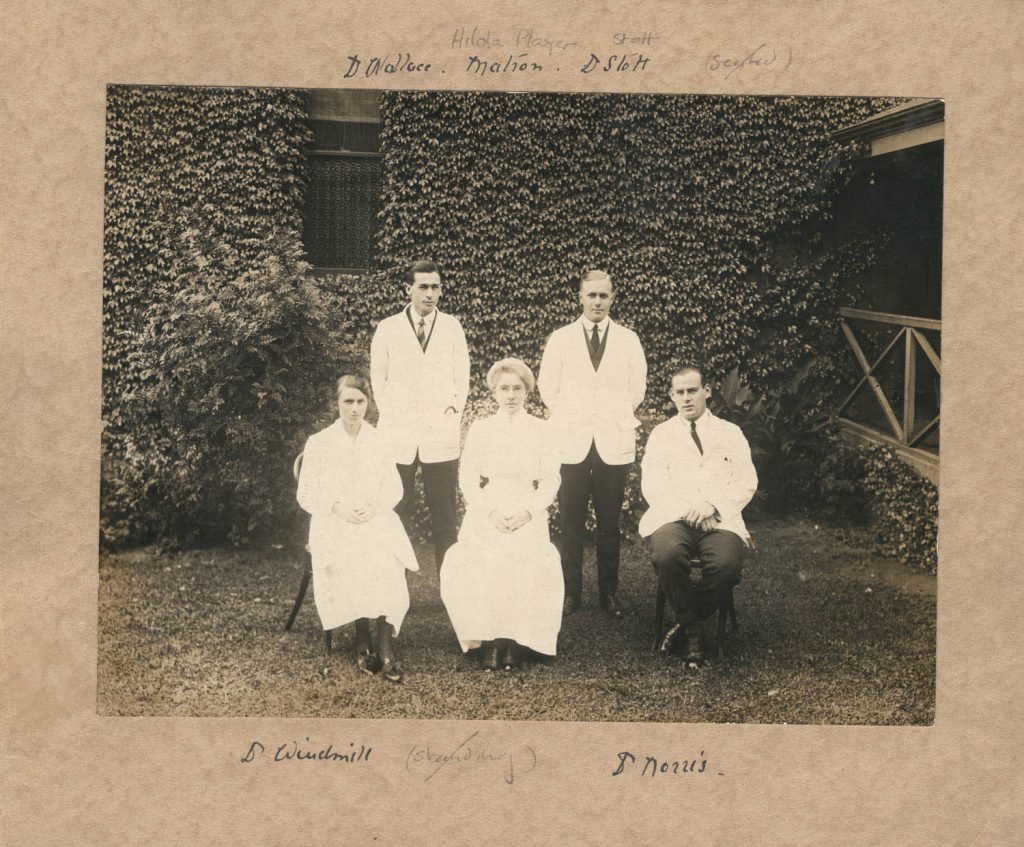
Matron Hilda Player
Appointed matron, she stayed in the role until 1920.
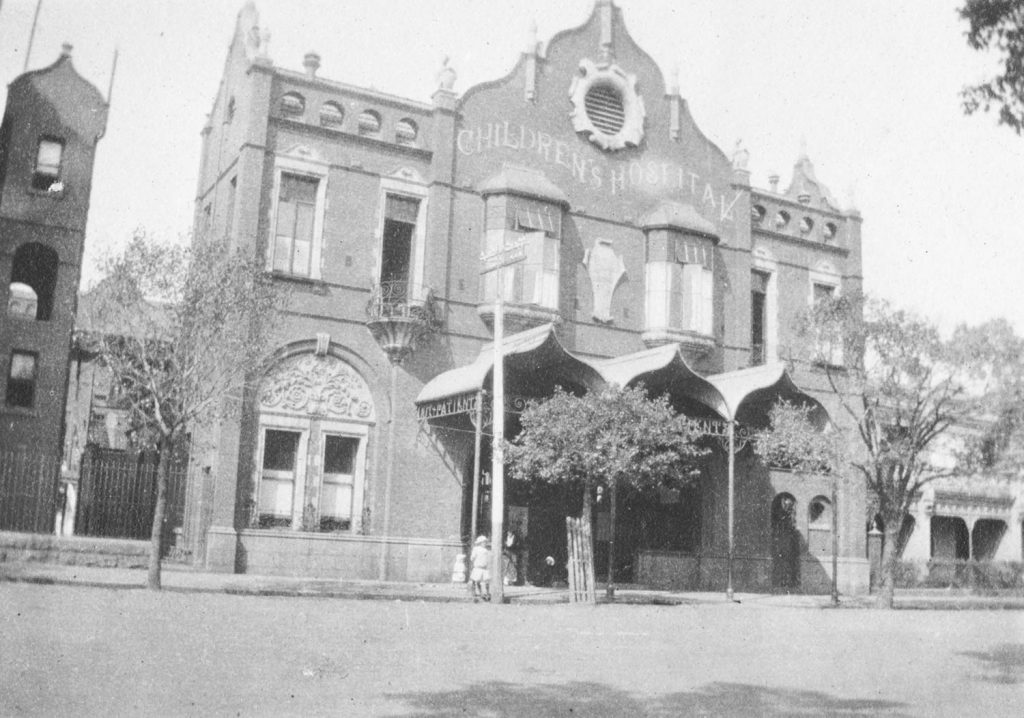
New Outpatients Building Opened on Drummond Street, Carlton
Development of the hospital responded to growth in the local population and an increase in patient demand.
Re-structure of the Hospital Committee
For the first time, a representative from the honorary medical staff joined the management committee.
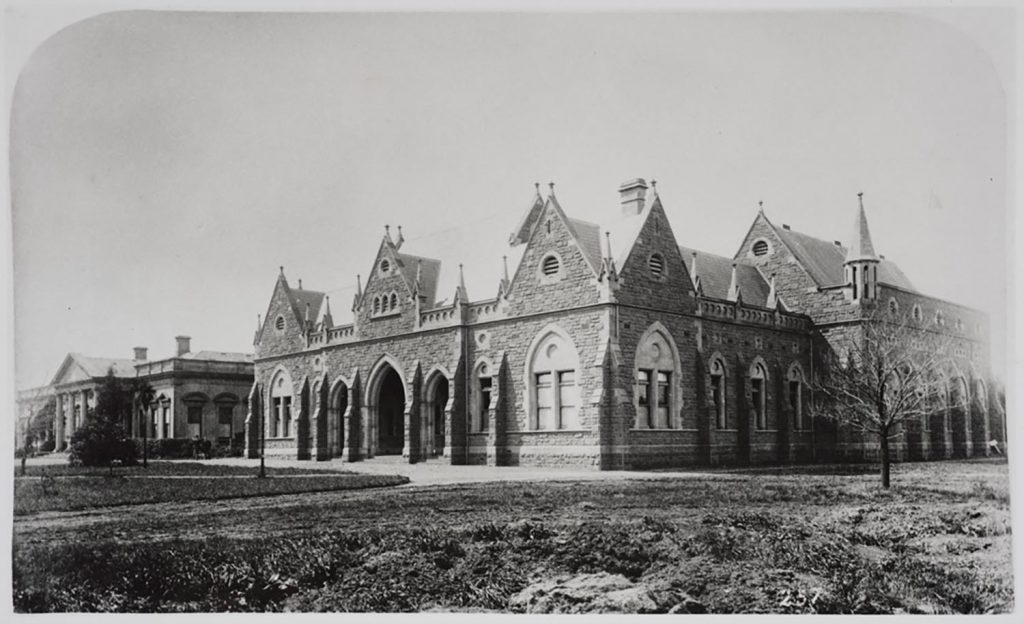
Formal Ties Created With the University of Melbourne
Dr William Snowball joined the faculty of medicine. It soon became compulsory for medical students to complete some paediatric training at the hospital.
Image courtesy of the Medical History Museum, University of Melbourne.
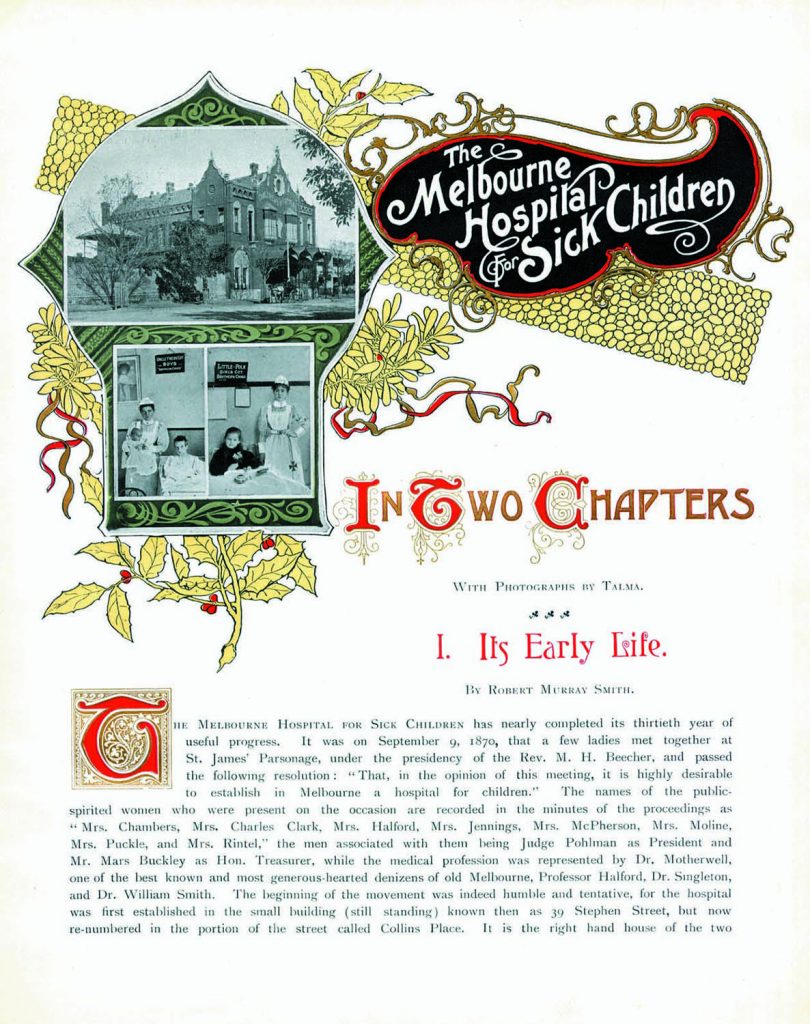
Hospital Bazaar Raised Over £17,000
September 1st, 1900
The bazaar ran for three weeks and a souvenir book ‘Childhood in Bud and Blossom’ continued to generate income from sales long afterwards.
Cerebro-spinal Meningitis Epidemic
Dr Harry Douglas Stephens
First employed by the hospital in 1901, Dr Stephens progressed through the ranks and departments, maintaining a connection with the hospital until his death in 1952.























